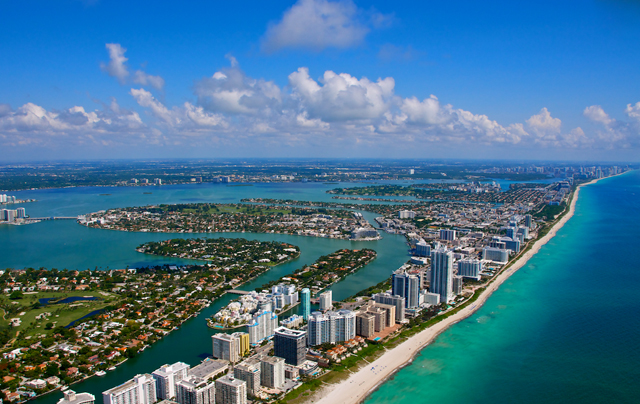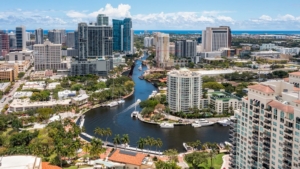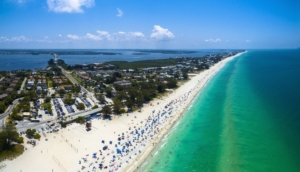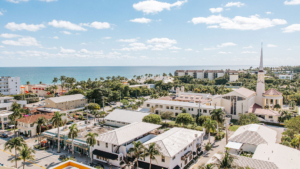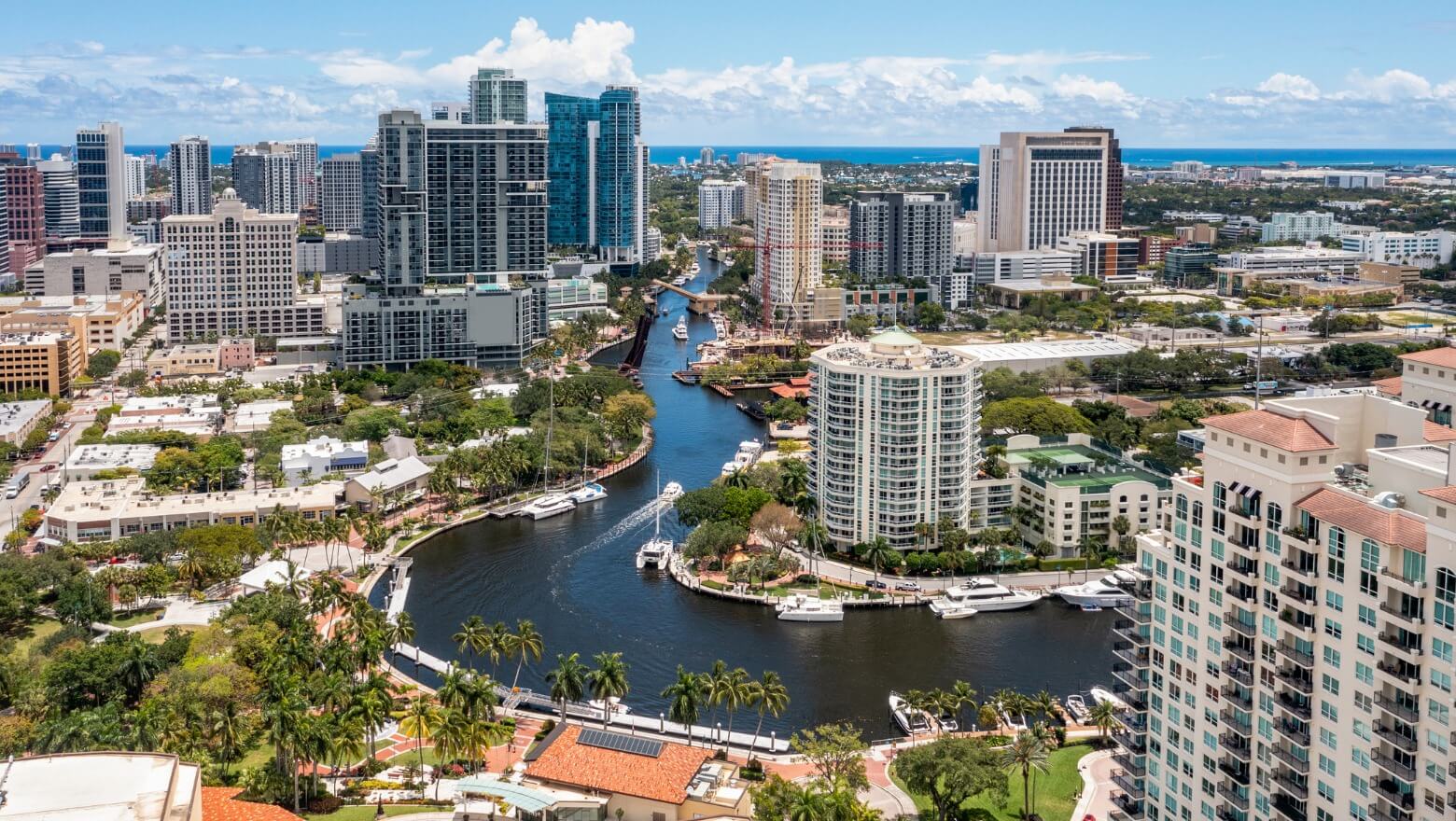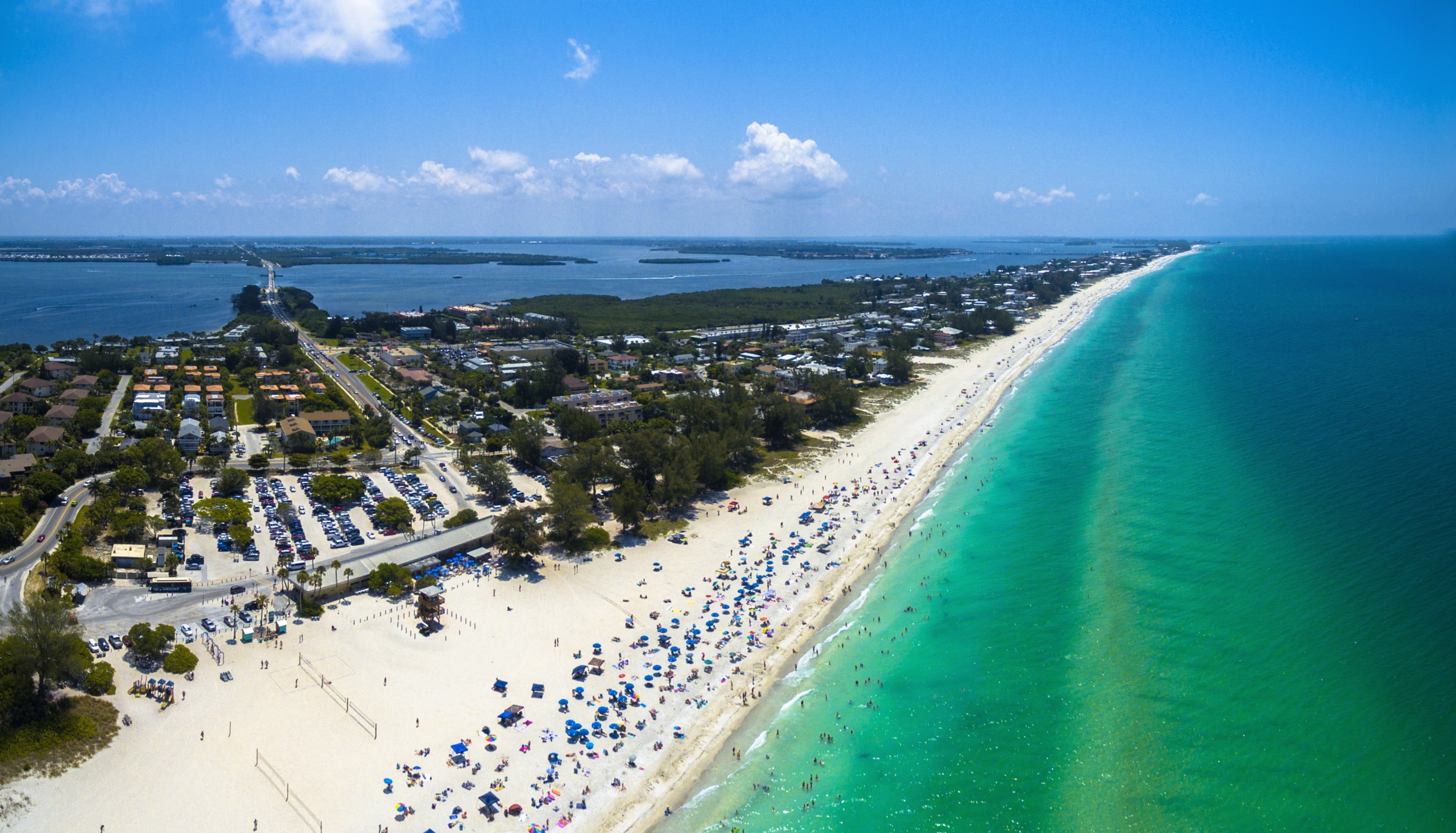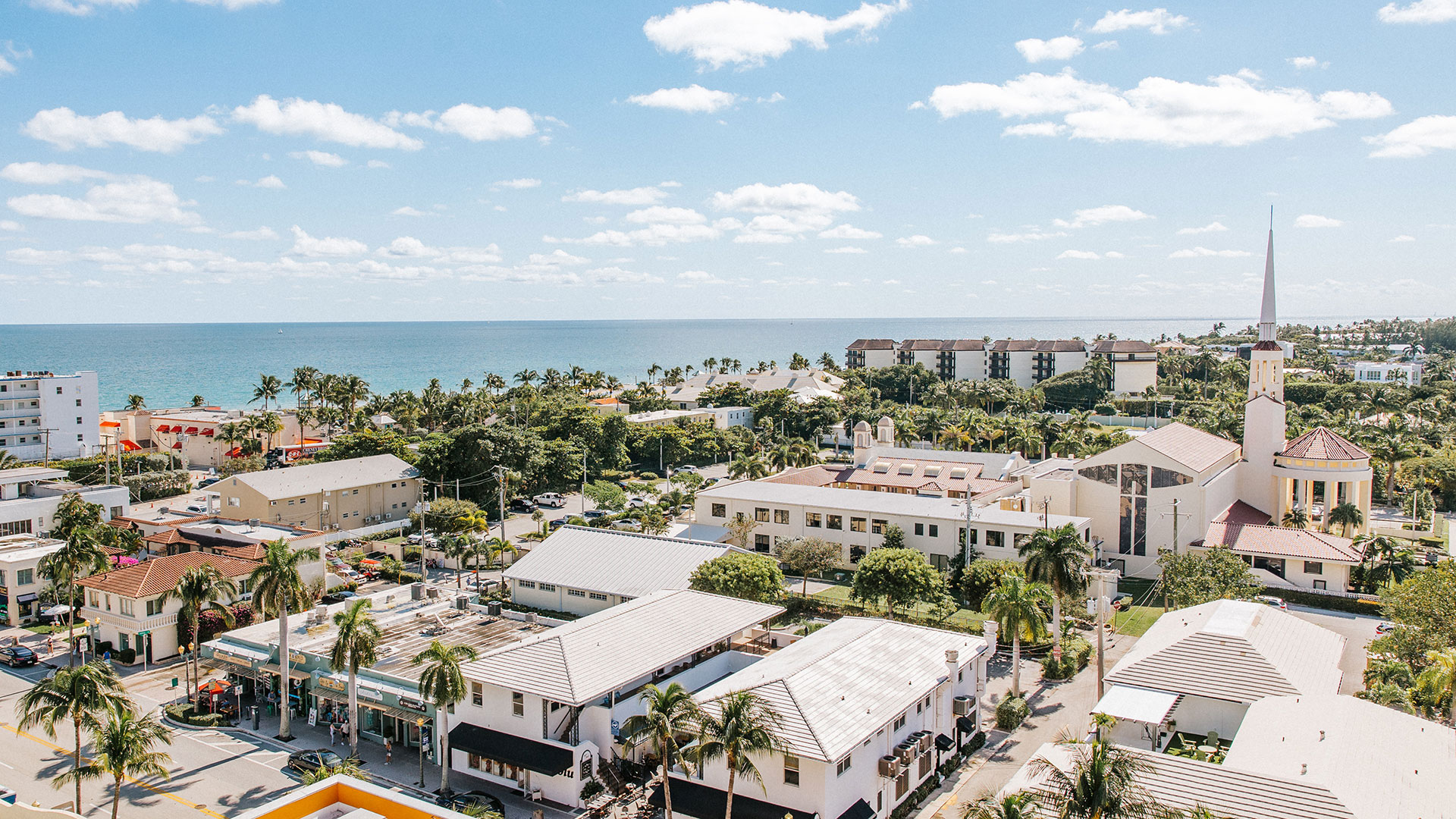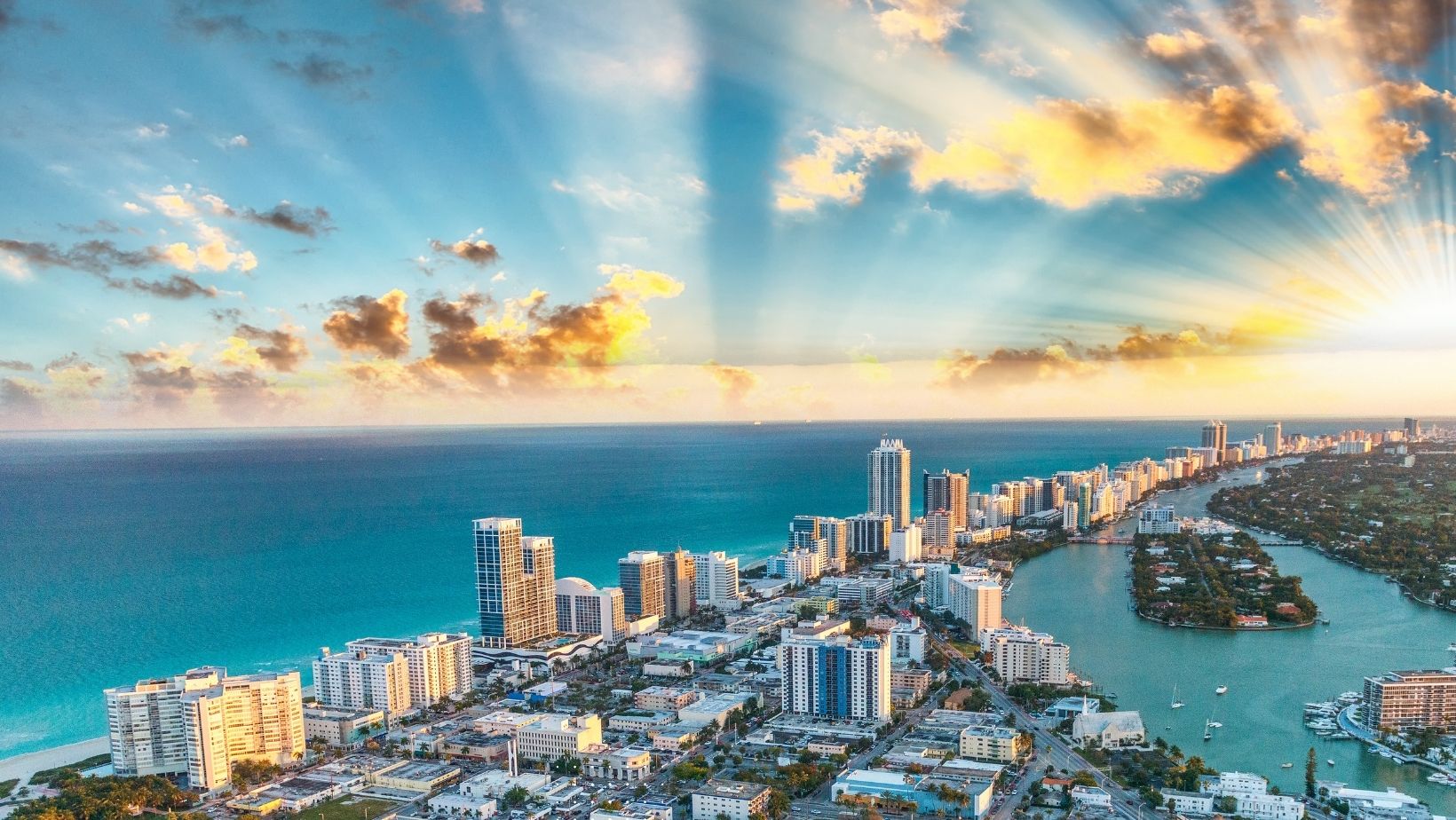South Florida Real Estate Market: 7 Transformative Trends Reshaping the Landscape in 2025
The Evolving Regulatory Landscape: New Challenges for Condo Owners
The South Florida condominium sector is navigating unprecedented regulatory waves in 2025, fundamentally altering the financial equation for thousands of owners. Recent legislation mandating substantial financial reserves and comprehensive structural inspections has created a perfect storm of financial pressure. Unlike previous years when associations could waive reserve requirements, new laws have eliminated this option, forcing buildings to collect substantial funds for future repairs and maintenance.
The impact is tangible across Miami-Dade, Broward, and Palm Beach counties, where assessment increases have shocked many owners. At Caribbean Breeze Condominium in Sunny Isles Beach, monthly association fees have surpassed $800, with further increases looming to meet reserve requirements. These escalating costs are particularly challenging for fixed-income residents who purchased their units decades ago when fees were substantially lower.
The regulatory shift follows the tragic 2021 Surfside collapse, which exposed dangerous gaps in building maintenance and oversight. While the new requirements improve safety, they've created an unexpected affordability crisis. Real estate analysts report that units in older buildings with high assessment burdens are experiencing price reductions of 15-25% compared to similar properties with healthier association finances.
Financial Pressures and Solutions: Navigating the New Normal
The financial strain has triggered an alarming trend: associations increasingly utilizing foreclosure proceedings against owners unable to meet payment obligations. Data from Miami-Dade County reveals a 37% increase in HOA/condo association foreclosure filings in 2024 compared to the previous year, highlighting the severity of the situation.
In response, Miami-Dade County launched an innovative $50,000 loan program in late 2024 for qualifying condo owners struggling with assessment payments. This initiative offers low-interest loans with flexible repayment terms based on income level. Eligibility requirements include primary residence status, income below specified thresholds, and a demonstrable inability to pay recently imposed special assessments.
The application process requires documentation including proof of ownership, income verification, assessment notices, and financial hardship statements. While the program has been welcomed by many residents, its funding remains limited relative to the scale of need across the county's vast condominium inventory. Local housing advocates continue pressing for expanded relief options, arguing that without additional intervention, many middle-class and fixed-income residents will be displaced from communities they've called home for decades.
Luxury Market Dynamics: Development Battles and Buyout Strategies
While regulatory challenges dominate discussions in the aging condo sector, the luxury segment continues its dynamic evolution with high-profile developments and acquisition strategies reshaping Miami's skyline. The most notable example involves billionaire hedge-fund manager Ken Griffin's Citadel headquarters project in Brickell, where expansion plans have triggered contentious buyout attempts at the adjacent Solaris condominium.
Residents report receiving offers significantly below market value, with some characterizing the proposals as "cheapskate" given the prime waterfront location. The standoff highlights the complex power dynamics in South Florida real estate, where longtime residents increasingly find themselves in the path of transformative development projects backed by unprecedented financial resources.
The situation at Solaris represents a growing trend across Miami's prime neighborhoods, where developers employ termination and buyout strategies to assemble larger parcels. Success often depends on location, building condition, and owner demographics. Buildings with predominantly investor-owners typically reach buyout agreements more quickly than those with a higher percentage of permanent residents with deep community ties.
Real estate attorneys report that buyout offers in 2025 typically range from 15-30% above individual unit market values, though this premium varies significantly based on a project's potential profitability. For many residents, particularly those who purchased pre-2020, even premium offers may not secure comparable replacement housing in the same neighborhood given Miami's dramatic price appreciation over the past five years.
Rental Market Adjustments: Softening Prices Amid Persistent Affordability Crisis
After years of relentless growth, South Florida's rental market is showing signs of moderation in 2025. Average apartment rents in Miami-Dade County decreased by 2.7% year-over-year in the first quarter, the first sustained decline since 2020. This adjustment reflects increased inventory from completed multifamily projects and cooling population growth as remote work trends stabilize.
Despite this modest correction, affordability remains severely challenged. The average one-bedroom apartment in Miami still requires 45% of median income, far exceeding the 30% threshold financial experts consider sustainable. Neighborhoods that once represented affordability havens, like Overtown's revitalized corridors, have seen dramatic rent increases, with rates at new developments like Plaza at the Lyric now approaching those of more established areas.
Housing advocates note that while luxury rental inventory has expanded significantly, production of workforce and affordable units continues to lag population needs. The county's housing affordability initiative, launched in 2023, has produced approximately 2,500 income-restricted units against a target of 18,000 by 2028, highlighting the persistent gap between policy goals and market realities.
Recent analysis from local economic research groups suggests that sustainable affordability would require either a 35% increase in median wages or a 25% reduction in housing costs—both scenarios appearing unlikely in the near term despite the recent price moderation.
Community Development: Balancing Preservation and Growth
The tension between preservation and development continues shaping South Florida's urban landscape, with the Deauville Hotel redevelopment in Miami Beach emerging as 2025's signature project balancing historical significance with economic revitalization. After years of controversy following the iconic property's demolition, plans for its reconstruction have advanced with promises to "reinterpret" rather than merely replace the landmark.
The development team's approach represents an evolution in thinking about Miami's architectural heritage, acknowledging both the economic imperatives of modern development and the cultural significance of certain structures in the community's identity. This balanced approach has garnered support from local officials, with Miami Beach Vice-Mayor Tanya Bhatt characterizing the project as one that "improves the quality of life for every resident of North Beach."
Similar negotiations between development interests and community preservation continue across the region, with municipalities increasingly sophisticated in extracting public benefits from major projects. These include commitments to workforce housing contributions, public space enhancements, and infrastructure investments beyond traditional impact fees.
The development landscape has also been influenced by increasing community activism, with neighborhood associations wielding greater influence in project approvals. Successful developments increasingly incorporate substantive community engagement early in the design process rather than treating public input as a procedural requirement to be managed late in the approval process.
Investment Considerations: Navigating HOA and Condo Fees in 2025
For prospective buyers in South Florida's community associations, 2025 presents a complex calculus requiring careful evaluation of ongoing costs against amenity value. Industry experts recommend comprehensive due diligence regarding association financial health before purchase commitments. Key considerations include reviewing at least three years of association budgets, understanding reserve funding levels, and examining upcoming maintenance requirements.
Questions buyers should prioritize include: Are reserves adequately funded according to engineering recommendations? What percentage of units are delinquent on association payments? When were major systems last replaced, and what is their remaining useful life? Does the association have special assessment history that might indicate financial management patterns?
Financial advisors increasingly recommend budgeting 40-50% above current monthly fees when calculating affordability to account for potential increases, particularly in older buildings facing structural recertification. The most financially secure associations typically maintain reserves equaling 70-100% of recommended levels based on professional reserve studies, with transparent governance and communication regarding building conditions.
Market Insights: Essential Questions About South Florida Real Estate in 2025
How are new condo regulations affecting property values?
Buildings unable to fund reserves without substantial assessment increases have experienced price reductions ranging from 15-25%. Properties with well-funded reserves and maintenance histories command significant premiums, creating a widening value gap based on association financial health.
What financing options exist for condo owners facing special assessments?
Beyond Miami-Dade's $50,000 loan program, several regional banks have developed specialized assessment financing products with 5-7 year terms. Additionally, some buildings have negotiated building-wide financing arrangements to spread costs over longer periods, though these typically require 75% owner approval.
Are Miami rental prices finally becoming more affordable?
While rates have moderated from peak levels, with 2-3% decreases in many neighborhoods, fundamental affordability remains challenged. Housing costs continue requiring over 40% of median income for average units, substantially exceeding recommended affordability thresholds.
What's driving the disconnect between luxury and workforce housing development?
Construction costs, land values, and regulatory processes continue favoring luxury development despite incentive programs for affordable housing. Development economics typically require rents of $3+ per square foot to justify new construction, a threshold substantially above workforce housing rates without significant subsidies.
How is climate resilience affecting property values and development?
Insurance availability and cost have become primary market factors, with properties demonstrating superior flood mitigation commanding premiums of 10-15%. New developments increasingly incorporate elevated mechanicals, water retention features, and backup power systems as standard features rather than luxury additions.

